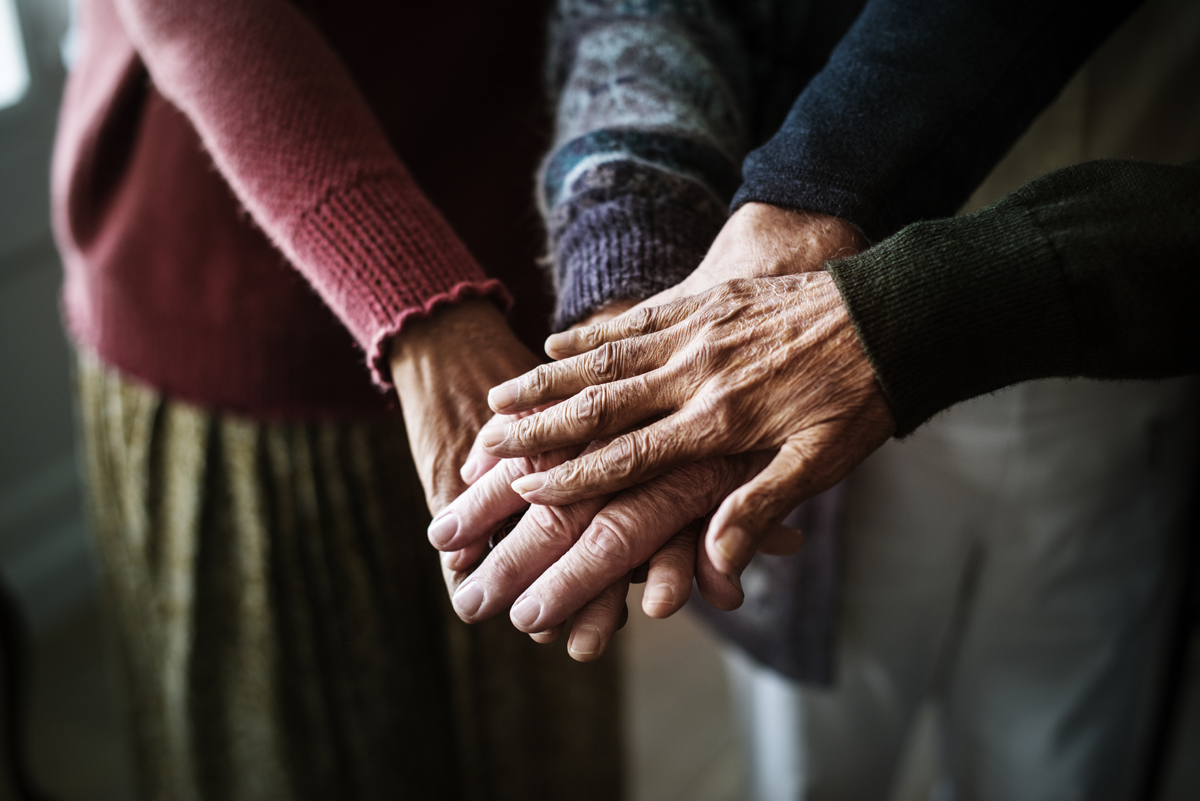What Is Day to Day Care in Hospice Like?

Day-to-day living in hospice care is very different from living in a hospital or a rehab facility. The focus in hospice is comfort, dignity, and quality of life — not aggressive treatments or trying to cure illness. Here’s what everyday life typically looks like for someone receiving hospice care, whether at home, in a hospice center, or in a nursing home:
Daily Structure in Hospice Care
-
Personal Care and Comfort
-
Nurses or aides help with bathing, dressing, toileting, changing bed linens, and positioning in bed or chair to prevent bedsores.
-
Pain and symptom control are a constant priority — medications are given on a schedule or as needed to control pain, shortness of breath, anxiety, agitation, and nausea.
-
-
Medical Care Focused on Comfort
-
Nurses check on vital signs if needed but with a lighter touch (no constant beeping monitors).
-
Any treatments done are purely for comfort — for example, using oxygen to ease breathing, or suction to clear secretions.
-
There are usually no invasive procedures like IV drips unless it’s specifically for comfort.
-
-
Emotional and Spiritual Support
-
Hospice teams include chaplains, counselors, and social workers who visit to offer emotional and spiritual care.
-
Patients and families often have long talks, listen to music, pray, or share memories.
-
Some patients participate in life review — telling stories or organizing memories.
-
-
Family Involvement
-
Families are encouraged to visit and participate in care as much as they are able and willing.
-
In-home hospice especially lets family members be close — they often feed the patient, read to them, or just sit quietly together.
-
Staff coach families on what to expect as changes happen.
-
-
Meals and Nutrition
-
Eating becomes less structured as people lose appetite. Small meals, favorite foods, or even just ice chips might be offered.
-
There’s no pressure to eat — eating is about comfort, not nutrition goals.
-
-
Rest and Sleep
-
Patients sleep a lot — resting is natural and expected.
-
Sleep is often interrupted or restless; nurses help manage nighttime discomfort.
-
-
Social Activities (When Possible)
-
For patients who are still awake and alert, activities like listening to music, pet therapy visits, light arts and crafts, or simply sitting outside if weather allows, are common.
-
In residential hospices, volunteers might visit to read, play guitar, or just offer companionship.
-
Key Differences from Hospital Care
-
No aggressive treatments like CPR, ventilators, feeding tubes (unless specifically chosen for comfort).
-
Patient’s wishes and comfort drive every decision, not medical protocols.
-
Environment is peaceful, often with homey touches: soft lighting, flowers, personal blankets, family photos.
Emotional Atmosphere
-
Hospice is often described as calm, gentle, and bittersweet.
-
There are moments of laughter and connection mixed with moments of sadness and quiet reflection.
-
Grief support for the family begins even before death.
Find Quality Assisted Living With SLS Communities
If you’re looking for the very best assisted living in Phoenix; SLS Communities can help! We have 5 locations in the Phoenix Valley that seniors and their families can choose from for assisted living services. With great amenities such as meticulously manicured landscaping, pools, theater rooms, on-site salons, and much more SLS delivers seniors the very best assisted living services in Phoenix, Arizona.
Check out our locations below
For more information about assisted living and senior living services please call 480-348-0300.
